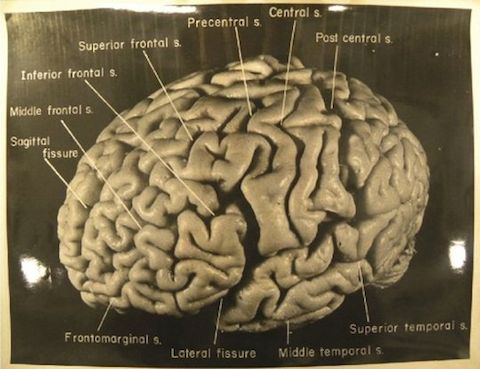If you read Open Culture, you probably love watching movies. I’d wager, however, that you don’t love watching action movies. I don’t mean that you operate at an intellectual level far above any such paltry entertainments; I mean that the craft of action filmmaking has itself declined. You’ve surely felt that today’s big-budget spectacles of chase, fight, and explosion — Transformers, the Jason Bourne films, last few Bonds, the latest Batman trilogy — don’t thrill you as did those of decades past — Hard Boiled, Raiders of the Lost Ark, The Wild Bunch, Die Hard — but perhaps you can’t pin down quite why. Have action movies changed, you may wonder, or have I? German-born, UCLA-based film scholar Matthias Stork argues for the former, breaking down the corruption of modern action filmmaking in his video essay Chaos Cinema. “Throughout the first century of moviemaking, the default style of commercial cinema was classical,” he begins. “It was meticulous and patient. In theory, at least, every composition and camera move had a meaning, a purpose, and movies did not cut without good reason.”
No longer. Where action filmmakers once “prided themselves on keeping the viewer well-oriented” in time and space, they now throw disparate images together haphazardly, enslaved to “rapid editing, close framings, bipolar lens lengths, and promiscuous camera movement,” trading “visual intelligibility for sensory overload,” leaving it to the soundtrack to provide a semblance of continuity. Stork examines the qualities and effects of this new style of “chaos cinema” in three parts. The first covers the visual disintegration of action sequences themselves; the second covers the deficiency’s penetration even into scenes of dialogue and music and the emergence of the “shaky-cam”; the third summarizes and engages responses to the first two parts. Whether or not mainstream commercial filmmaking will ever cure itself and return to convincing, coherent action rather than the impressionistic “general idea of action,” we now have a fascinating diagnosis of the disease. (For further discussion of Chaos Cinema, consider listening to Stork’s appearance on Battleship Pretension, a favorite film podcast of mine.)
Related Content:
The Dark Knight: Anatomy of a Flawed Action Scene
Alfred Hitchcock’s Seven-Minute Editing Master Class
The 10 Hidden Cuts in Rope (1948), Alfred Hitchcock’s Famous “One-Shot” Feature Film
Colin Marshall hosts and produces Notebook on Cities and Culture and writes essays on cities, Asia, film, literature, and aesthetics. He’s at work on a book about Los Angeles, A Los Angeles Primer. Follow him on Twitter at @colinmarshall or on his brand new Facebook page.




